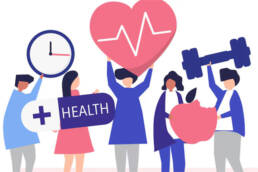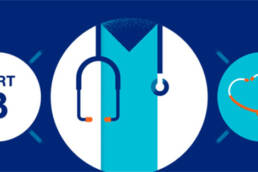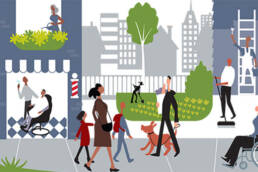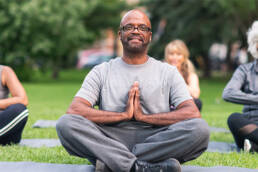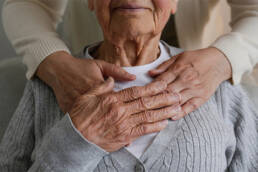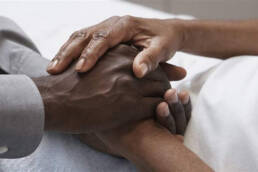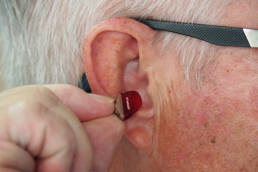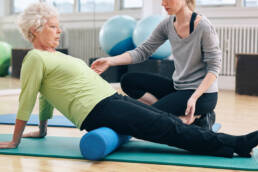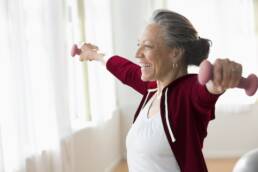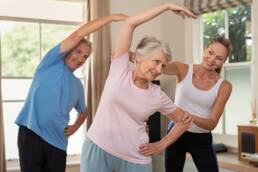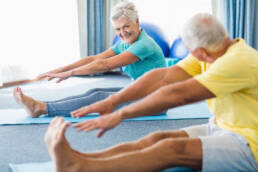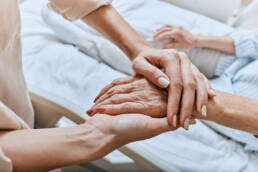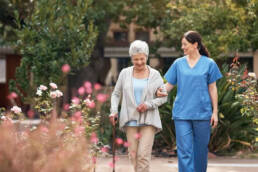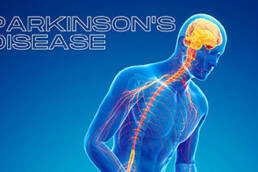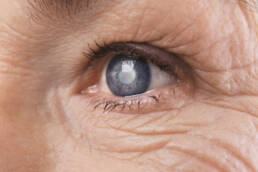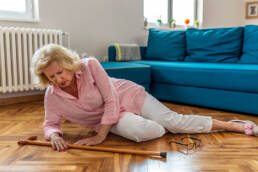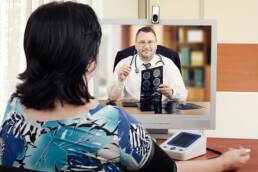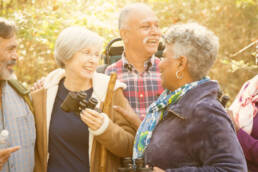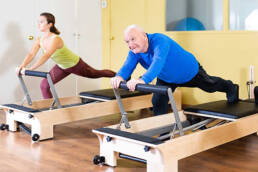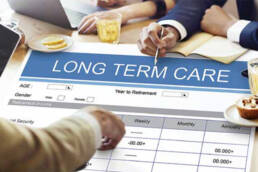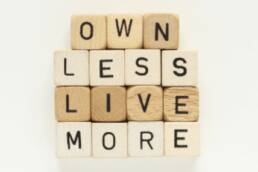Benefits of Walking For Older Adults
Walking is the most popular form of exercise among older adults and it’s a great choice.
What can walking do for you?
One of the most powerful ways to maintain a healthy weight, keep your joints strong, and live longer is also one of the simplest, no matter your age. The health benefits of walking are endless, and experts agree by adding walking to your daily routine, you can greatly improve your physical and mental health.
Here is a list of
• strengthen muscles
• help prevent weight gain
• lower risks of heart disease, stroke, diabetes, and osteoporosis
• improve balance
• Building bone density
• lower the likelihood of falling
If it’s been a long time since you exercised, you may want to start out slowly. You can start with just 5 minutes and build up to the recommended 30 minutes a day. Your goal should be to get up to taking 100 steps a minute. Remember, the most important thing is to just get started
Live longer
That’s right, walking can seriously help you add years to your life, and it doesn’t take much to see results. In fact one study showed that people who did just 10 to 59 minutes of moderate exercise (like brisk walking) per week had an 18% lower risk of death during the study period compared to those who were inactive. Meanwhile, people who completed the recommended 150 minutes of weekly exercise in at least 10-minute spurts had a 31% lower risk of death. The research shows he faster you walk, the more your risk drops. The longer life benefit is believed to come from the cardio respiratory workout that walking provides.
Improve heart health
One of the major ways that walking can improve your heart health is by lowering your blood pressure. Some research shows that for every 1,000 daily steps you take, you could lower your systolic blood pressure by .45 points. .
Boost your brainpower
The research here is quickly growing. In one study, brain scans of people who walked briskly for one hour three times a week showed the decision-making areas of their brains worked more efficiently than people who attended education seminars instead. Other research shows physical exercise, like walking, can improve brain function in older women. Experts think these benefits could be due in part to increased blood flow to the brain that occurs with exercise. So when you get your feet moving, your brain starts working better too!
Take these steps to get walking
Join a walking program or walk with a buddy
Chances are you’ll stick with a walking program if you have someone to walk with. Some shopping malls or town parks may have these programs. The National Institute on Aging’s website has many resources for walking and other kinds of physical activity.
Wear the right shoes Comfortable sneakers work well for most people. If you have foot problems, you may want to look into orthopedic shoes or talk to your healthcare provider about how you can continue your walking program.
Don’t let a cane or walker stop you It’s OK to use your cane or walker if you already have one. These can improve your balance and help take the load off painful joints.
Aim for the right pace Try to walk as fast as you can, but still be able to chat with a friend while walking. Aim to work as hard as you do when you climb up the stairs.
Talk to your healthcare provider if you have any problems
Tell your healthcare provider if you have any pain or problems walking. Otherwise, don’t let a health problem keep you from getting started. You may feel a little stiff and achy as you start walking, but many people feel better once they start moving!
3 Tips for Safe Walking
1. Be Aware of your Surroundings
Plan to walk during the daytime or in well-lit areas in the evenings. Keep an eye out for uneven surfaces, possible obstacles, and other tripping hazards.
1. Keep Hydrated
Bring a bottle of water (or other low-calorie liquid) with you and be sure to drink plenty of fluids if you sweat.
2. Dress Properly for the Weather
If walking outside, wear layers of clothing so that you can take off a layer if you’re hot, or put one on if too cold.






